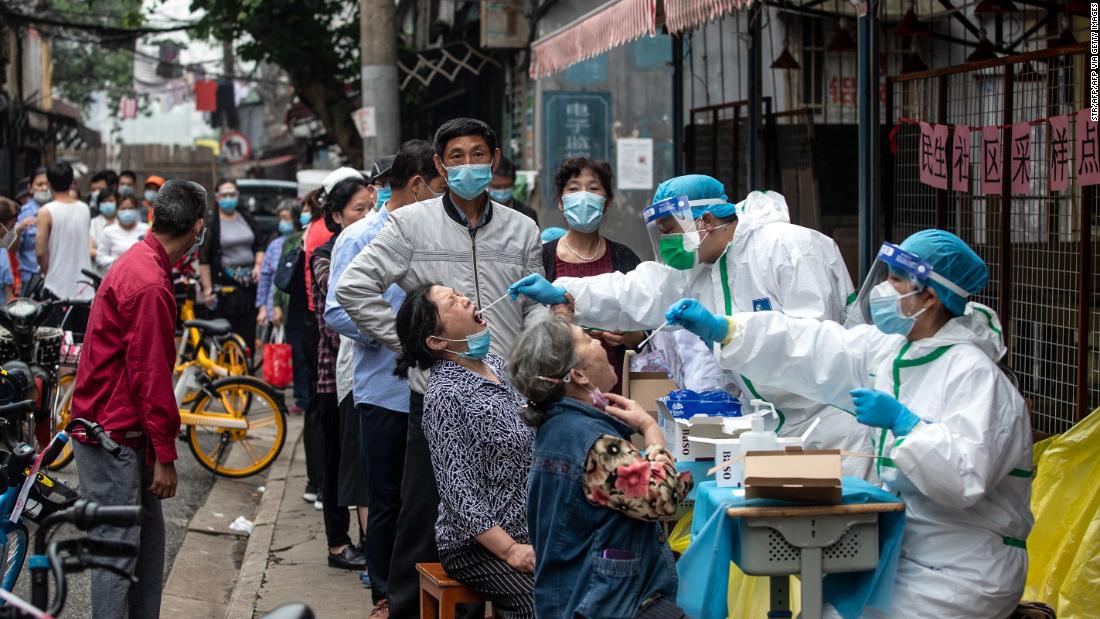
The study used a sample of 34,000 people in the general population in Wuhan – the original epicenter of the pandemic – and other cities in Hubei province, as well as Beijing, Shanghai and Guangdong, Jiangsu, Sichuan and Liaoning provinces to estimate contamination rates of COVID-19.
The study was designed to estimate the extent of previous infections in a population by testing blood serum samples from a pool of people for coronavirus antibodies. His findings are not considered definitive statistics of how many people have been exposed to the virus in any particular area.
The Chinese CDC said the study was conducted a month after China recorded “the first wave of the Covid-19 epidemic.” Prevalence outside of Wuhan is significantly lower, the study found. In other cities in Hubei, only 0.44% of the residents surveyed were found to have antibodies against the coronavirus.
Outside the province, antibodies were found in only two of the more than 12,000 residents surveyed.
Underreported coronavirus infections
Yanzhong Huang, a senior fellow for global health at the Council on Foreign Relations, said the study points to a problem of underreporting of infections during the height of the Wuhan outbreak, due in part to the chaos at the time and not recording of asymptomatic cases in the official census of confirmed cases.
Under-reporting is a problem facing health authorities in many countries, often due to a lack of capacity and resources. Antibody studies conducted by researchers in other parts of the world also show that the coronavirus was much more common than official figures suggest.
But in China, there’s also the issue of transparency, as officials have provided the public with more optimistic data than they had access to internally.
Effective containment in Wuhan
The study highlights a huge contrast between coronavirus antibody prevalence rates inside and outside Wuhan.
Huang said the significantly lower rates in other Chinese cities suggest that “Chinese containment efforts were indeed swift and effective, especially compared to cities like New York.”
In an unprecedented effort to contain the rapidly spreading virus, Wuhan was cut off from the outside world on January 23, canceling all flights, trains and buses and blocking access to the highway.
Nevertheless, the Chinese government has announced that the sweeping measures have enabled the country to turn a corner in the fight against the outbreak.
The Chinese CDC, meanwhile, also highlighted China’s victory by containing the virus when releasing the results of the antibody study on Monday.
“The results of the study show that the population of our country has a low infection rate. It indicates that China has managed to control the epidemic with Wuhan as the main battlefield, and effectively control the widespread spread of the epidemic. has, “the agency said. .
CNN’s Nick Paton Walsh contributed to this story.
